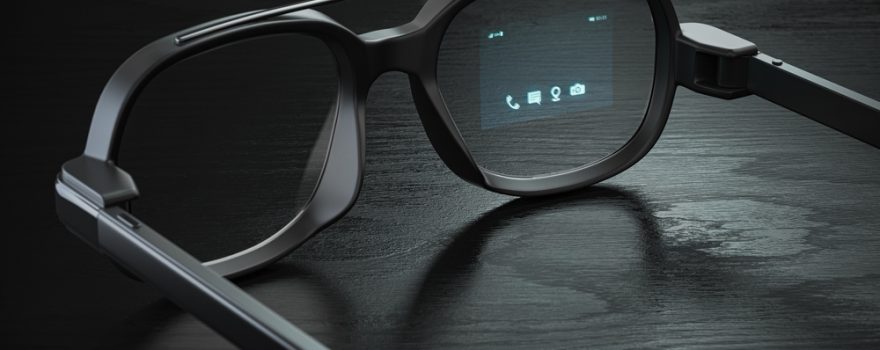
Meta, in partnership with Ray-Ban, is stepping up the game with its latest smart glasses offering. No longer referred to as “Stories,” these are simply “smart glasses.” It’s a straightforward rebranding that underscores their dual role: audio and camera functionalities.
Unveiled at the Connect launch event, the Ray-Ban Meta Smart Glasses are now available for pre-order and are set to hit the market on October 17, priced at $299. These sleek glasses come with two primary purposes, bridging the gap between style and technology.
Firstly, they aim to replace your headphones. Equipped with a personalized audio system akin to Amazon’s Echo Frames, they provide a discreet musical experience, ensuring your ears alone receive the sound. Meta has also revamped the microphone system, incorporating five microphones, including one ingeniously placed in the bridge of the nose for crystal-clear calls and voice commands.
Secondly, the glasses serve as a capable camera. Unlike their predecessors, these sport 12-megapixel lenses capable of capturing 1080p videos. With 32GB of built-in storage, you can store around 500 photos and 100 30-second videos. Everything syncs seamlessly via the Meta View app, facilitating effortless sharing across Meta’s platforms.
One standout feature is the ability to live stream on Facebook or Instagram with a few taps on the glasses’ stem. While recording, a white light pulses to indicate it’s in progress. However, this live-streaming function intensifies existing privacy concerns, a challenge Meta continues to grapple with.
Meta’s mission with these smart glasses is to offer a creative tool, encouraging users to engage in various activities while capturing their experiences. It’s a shift from their previous messaging-centric approach, acknowledging the importance of diversifying the glasses’ utility. However, the details about the ability for viewers to communicate with wearers remain undisclosed.
Crucially, any pair of smart glasses must also look good. Meta and Ray-Ban have addressed this by introducing new colors and lens options. Alongside the classic Wayfarer model, they’ve introduced the round Headliner shape.
Powering these glasses is Qualcomm’s Snapdragon AR1 Gen 1 processor, promising AI capabilities while sipping minimal power. The glasses offer 4-6 hours of active use and can be conveniently charged eight more times using the included case.
While these smart glasses don’t boast the “all-seeing” capabilities planned for later in the decade, their blend of style and functionality positions them well for success. Whether “audio in glasses” or “camera on your face” will dominate remains uncertain, but tech companies are placing their bets on these becoming popular accessories. And even if they merely serve as stylish eyewear, that’s a win in itself.

 Get in Touch
Get in Touch 


